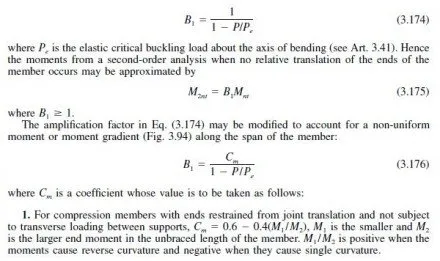Steel cables have been used for many years in bridge construction and are occasionally used in building construction for the support of roofs and floors. The types of cables used for

these applications are referred to as bridge strand or bridge rope. In this use, bridge is a generic term that denotes a specific type of high-quality strand or rope.
A strand is an arrangement of wires laid helically about a center wire to produce a
symmetrical section. A rope is a group of strands laid helically around a core composed of either a strand or another wire rope. The term cable is often used indiscriminately in referring to wires, strands, or ropes. Strand may be specified under ASTM A586; wire rope, under A603.
During manufacture, the individual wires in bridge strand and rope are generally galvanized to provide resistance to corrosion. Also, the finished cable is prestretched. In this process, the strand or rope is subjected to a predetermined load of not more than 55% of the breaking strength for a sufficient length of time to remove the structural stretch caused primarily by radial and axial adjustment of the wires or strands to the load. Thus, under normal design loadings, the elongation that occurs is essentially elastic and may be calculated from the elastic-modulus values given in Table 1.8.
Strands and ropes are manufactured from cold-drawn wire and do not have a definite
yield point. Therefore, a working load or design load is determined by dividing the specified minimum breaking strength for a specific size by a suitable safety factor. The breaking strengths for selected sizes of bridge strand and rope are listed in Table 1.8.




